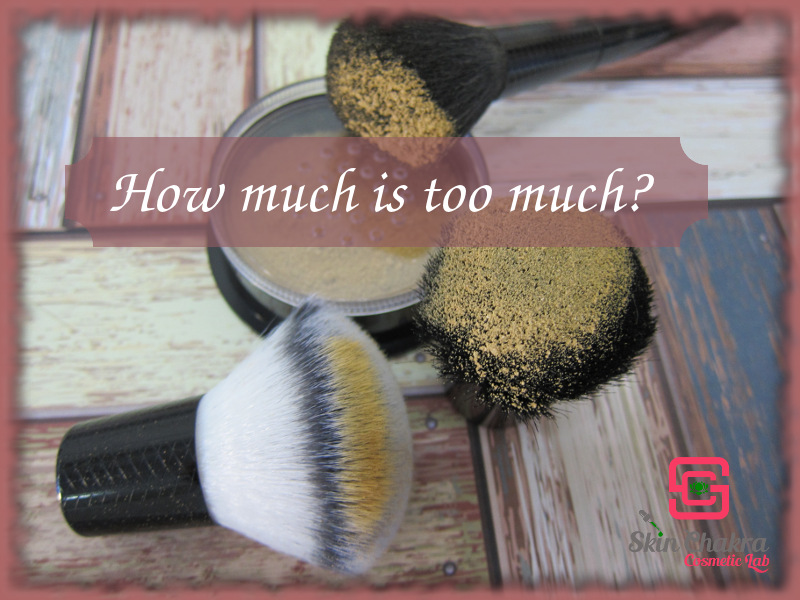When it comes to cosmetic formulation, "less" is often "more" and "better".
It's the job of the formulator to decide how much of each ingredient goes into each formulation but how does a "formulator" comes to this decision? Why does a formulator decide to add 0,5% tocopherol to a certain formulation instead of 2,0% or 5,0% of a solubilizer and not 4,0% or 6,0%?
If you are a formulator or wanna be formulator and do not want to blindly follow DIY recipes, this is a decision you need to make for each single formulation and for each single ingredient.
Where do you start?
The best place to start is the recommendations of the supplier but these recommendations are often very broad: 0,5-10,0% for a certain extract or 1-20% for an emollient for instance. It is only a rough starting point for a formulator to know where to start or where the legal limitations are (this is specifically for ingredients with a legal max. allowed dosage which can vary from country to country and from region to region) and is very helpful but not yet enough to make a decision.
What next?
In a mainstream industrial concept, the main factor is the price. This means: add as little as possible just to have the name of a fanciful ingredient on the label. Except from certain ingredients that need a min. dosage to be effective from a technical point of view (such as preservatives, emulsifiers and solubilizers), the rest of the ingredients, specially active ingredients with eye-catching and fanciful names are just added as little as possible to let the manufacturer add their name on the label.
Look at these recommendations from a celebrated industry expert to see how the mainstream industry works.
- Reduce the concentration of claim and active ingredients
- Increase the solvent (filler) concentration
are the main messages of this blog post.
This is not the way "true" natural and artisanal cosmetic works
Most of the amazing formulators and wanna be formulators I have been working with during the last years have started formulating "natural" products out of a necessity and a need to help compromised skin conditions of themselves or their beloved ones. Almost none of the company founders I know has started the business with the vision: that's a profitable business let's jump to it and win some money as long as the market is hot.
Except for those experts and formulators who don't know where to put their eggs and jump between the conventional and natural cosmetics. Their heart and soul is still with the conventional cosmetics filled with paraffins and silicones but their brain tells them "green and natural" cosmetics is IN at the moment and they continue jumping between the two like a headless chicken. One of these industry experts has even started an online course for formulating "natural" cosmetics just to jump back to the conventional formulating after telling his students that "natural" cosmetics actually doesn't work at all .
Anyway, during last years I have seen many enthusiastic formulators and students of "natural" cosmetics overdose ingredients in their good-will to help their consumers without considering the costs, the efficacy, the stability factor or the possible adverse reaction between antagonist ingredients. As a formulation consultant and a supplier of raw material, I'm confronted with this question seveal times a day:
How much of ingredient X can I add to my formulation?
And my answer is: follow the golden rule
As little as possible
As much as needed
Stay tuned to read the next part of this blog series in the coming weeks. Meanwhile you can read this article with wise words from the late prof. Johann Wiechers, one of the brightest and most honourable personalities in the cosmetic industry.
BeHappy and have fun


